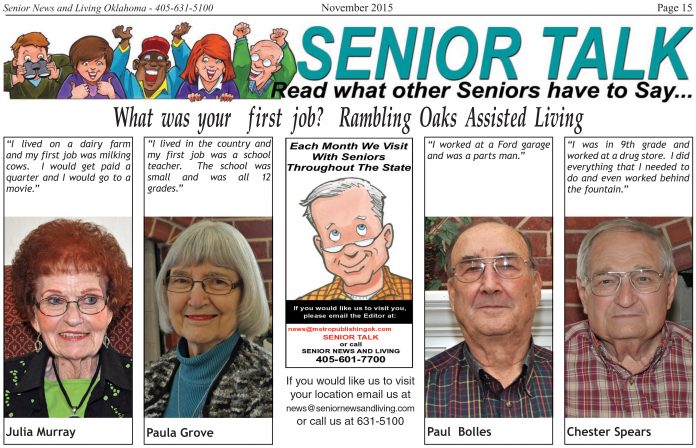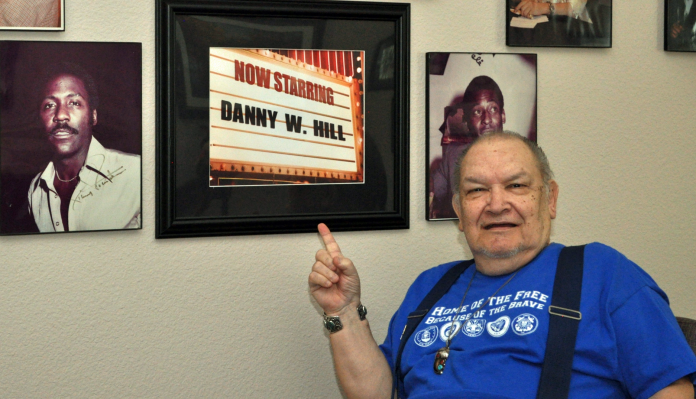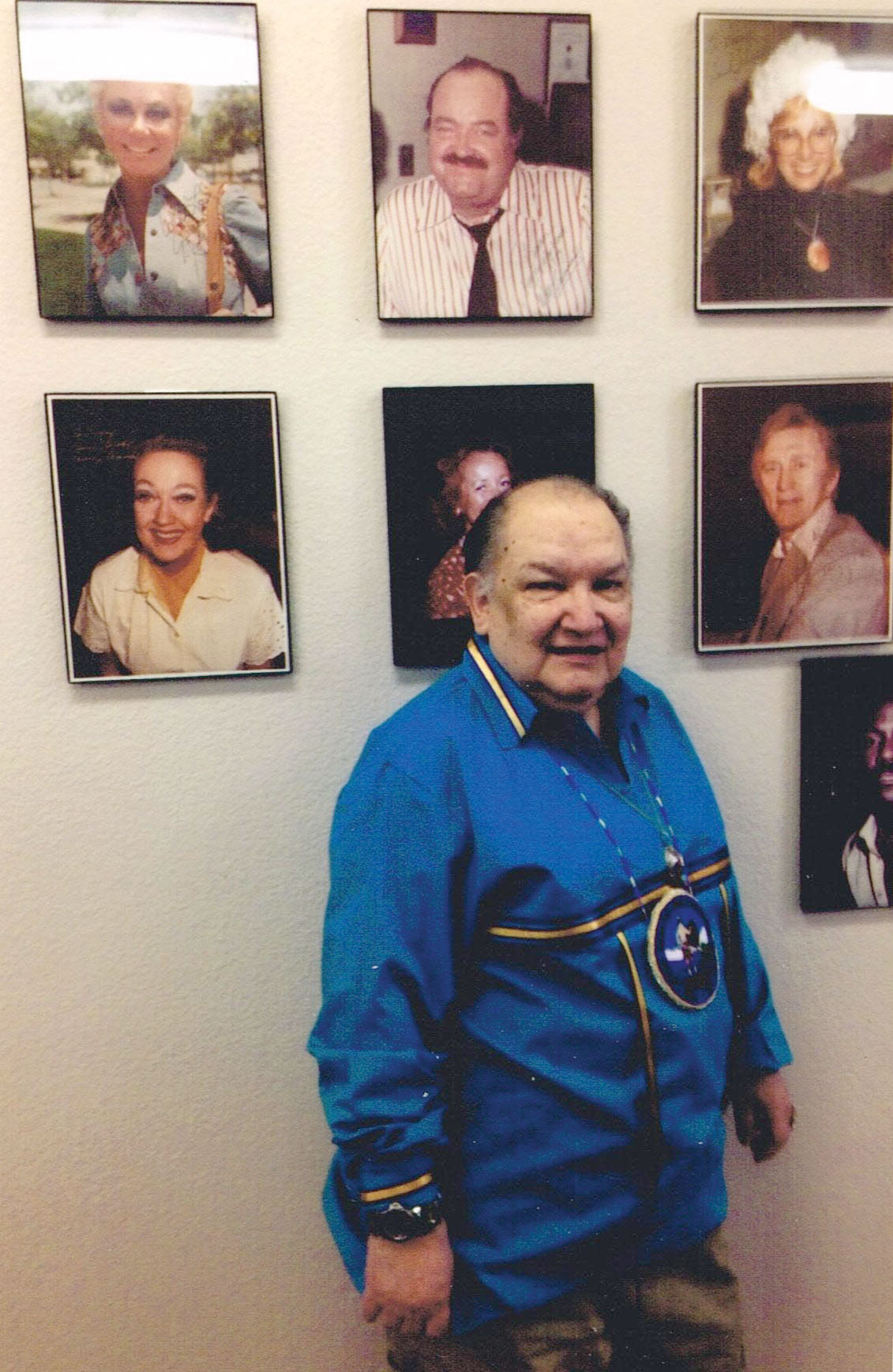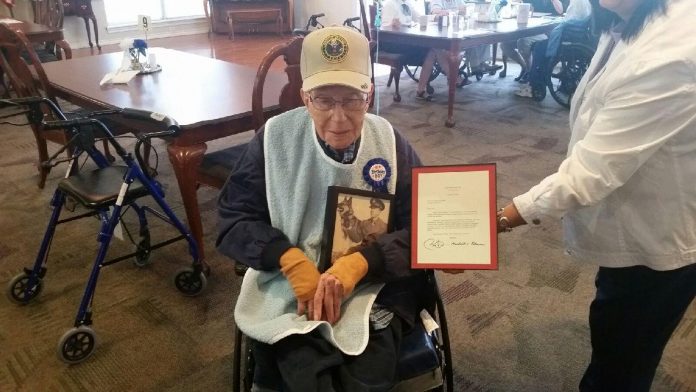By Greg Schwem
It’s high time we returned to a more primitive, cheaper and safer method of swapping sensitive information: the Post-it Note.
Originally, I thought of reverting to the “double swear” method as in, “Double swear that you’ll never tell anyone I wanted the footballs underinflated” or “Double swear that you won’t reveal our cell phone eavesdropping methods to foreign heads of state,” but I quickly reneged. Haven’t we all been burned by a supposed “friend” who violated the double swear oath? My fourth grade math partner, if you’re reading this, rest assured I have not forgotten how you threw me under the bus. I trusted you, man.
Instead we continue believing, erroneously, that our extramarital affairs via websites like Ashley Madison are immune from hackers. The website says its members are anonymous, after all. We naively think pressing the “delete” key on our electronic devices will do just that – send all those incriminating texts, home videos, naked selfies and classified emails into a bottomless pit of nothingness where they will remain ignored until the end of time. Sort of like Adam Sandler’s last three movies.
We never bother to Google “Can you really delete a text message forever?” If we did, we’d discover a treasure trove of procedures for retrieving stuff we wish could vanish forever; some of those methods even include helpful YouTube videos to aid the technologically challenged.
This means those 10,000-plus text messages between Tom Brady and the New England Patriots equipment staff never really went away, even after Brady’s cellphone ended up in the shredder. But … is that REALLY where the phone went?
I have taken numerous PCs and laptops to recycling centers, believing that once I say goodbye to my Windows XP-powered computer, it will meet a horrible death of steel blades, industrial sledgehammers and other weapons one wouldn’t even find in a Quentin Tarantino film. But I never actually see the demolition taking place. For all I know, the recycling center employees could be related to the “professional” parking garage attendants who promised to take care of Cameron Frye’s father’s 1961 Ferrari 250 GT California in “Ferris Bueller’s Day Off.” If Tom Brady handed me his cell phone, I’d at the very least use every available method to get the private number of his supermodel wife. Only then would I send the phone to its demise.
This leads me back to my idea of using Post-it Notes to write down every piece of communication you don’t want to see regurgitated on social media or splashed on a website like Gawker.
Brady, next time you want a squishier football during a playoff game, simply peel off a note, grab a pen, write “remove half a pound” and walk it over to your equipment manager. He’ll take one look and know that you’re not referring to roast beef from the deli. Then he’ll tear the Post-it so vigorously that it could pass for confetti during your next Super Bowl victory parade (provided you are eligible to play in that game). Roger Goodell, good luck finding it.
Anthony Weiner, you might still have your congressional seat had you sketched your cloistered areas on Post-it Notes as opposed to pointing your cellphone camera south, taking a picture and attaching the result to what you thought was a private tweet. If a media representative found the Post-it and asked what was on it, you could have replied, “That’s a, uh, bullet train that may soon rumble through my district. I will work tirelessly to ensure those funds are available because transportation is important to especially my female constituents.”
So grab some Post-its, Hillary Clinton, Hulk Hogan, all of Edward Snowden’s superiors and anybody else whose supposedly private information is now public. They are easy to carry, easy to figure out and easy to destroy. Your secrets will remain safe forever.
I double swear.
(Greg Schwem is a corporate stand-up comedian and author of “Text Me If You’re Breathing: Observations, Frustrations and Life Lessons From a Low-Tech Dad,” available at http://bit.ly/gregschwem. Visit Greg on the Web at www.gregschwem.com.) (c) 2015 GREG SCHWEM. DISTRIBUTED BY TRIBUNE CONTENT AGENCY, LLC













